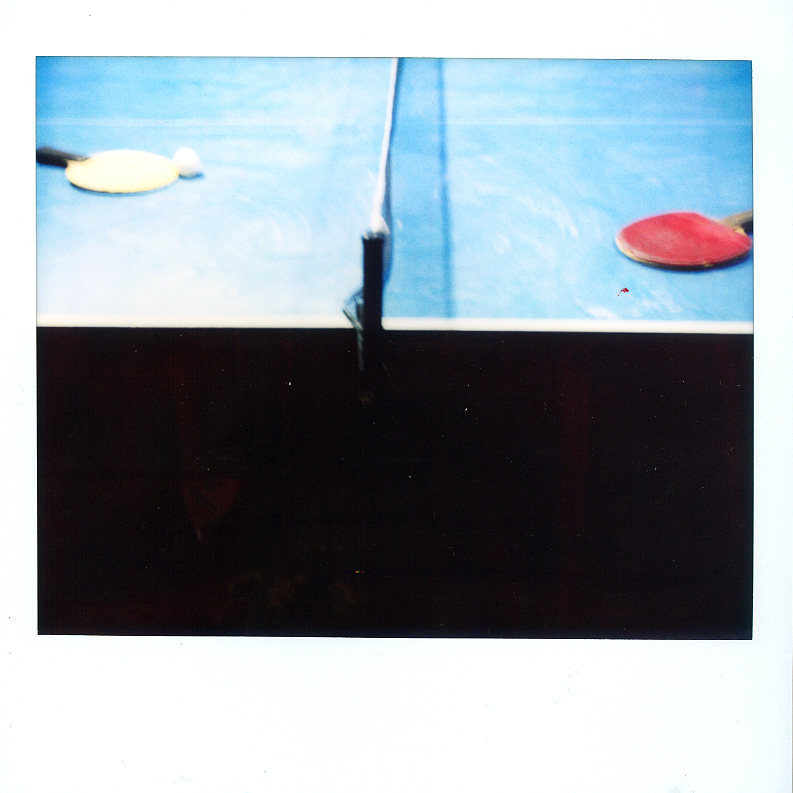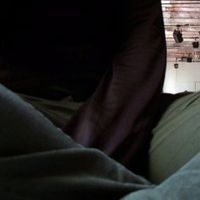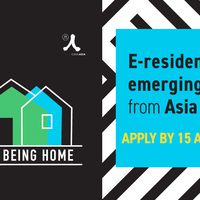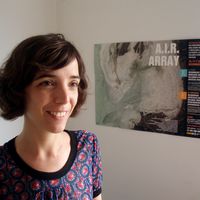Investigating the relationship between programmers and artists

 Escape Line is a research project that aims to prove the possibility of establishing a balanced dialogue between programmers and creators in the performing arts market. It was developed by a group of five artists and one programmer over a period of seven months. During this period, the group questioned the decision making process and developed personal creations. A constant dialogue was part of the creation process and the programme design. The result was a 2-day public programme hosted by La Casa Encendida in Madrid, in October 2010.
Escape Line is a research project that aims to prove the possibility of establishing a balanced dialogue between programmers and creators in the performing arts market. It was developed by a group of five artists and one programmer over a period of seven months. During this period, the group questioned the decision making process and developed personal creations. A constant dialogue was part of the creation process and the programme design. The result was a 2-day public programme hosted by La Casa Encendida in Madrid, in October 2010.ESCAPE Line: a research on programmers’ and artists’ relationships
Escape Line is an artistic research project. It assumed the shape of a laboratory involving 5 artists[1] and a programmer coming from Portugal, Spain and Italy. It intended to investigate the possibility to construct a system, which would allow a horizontal dialogue between programmer and artists. The challenge was to establish a collective dramaturgy for an artistic public program. Escape Line was developed for a period of seven months, through residencies in Portugal and Spain. It ended up with a two-day artistic programme, hosted by La Casa Encendida, in Madrid, 26-27 October 2010. In November, there was a lecture about the project at Sismo Festival, also in Madrid.
The power of the programmer
Spectators have the possibility of choosing among a variety of different art forms, but the market is shaped by tendencies defined by the few people who direct venues and festivals: programmers and artistic directors. They are the ones who define which artists deserve to be seen. Based on this idea, Escape Line gathered a group of professionals with the aim of developing a system where creation and programming could have an equal role in the decision-making process and where the existence of a hierarchical relationship between programmers and creators would be abolished. The project started with three conditions: we had to work with the group of invited[2] people, within a defined time frame and we were to create an artistic programme based on each one’s creations. The initial proposal assumed to build up a one-day public program composed of the artists’ short creations. The audience could walk through the different pieces and get involved in an open evaluation along with all participants. This evaluation event happened two days after the public presentation.
An ephemeral community
We were most inspired by the text Rhizome by Deleuze and Guattari[3]: the inexistence of ideas more important than others; conflicts wouldn’t exist, they should be seen as challenges and the possibility of defining new paths, i.e. flexibility had to be always present. Another inspiring author was Agamben[4] and his thoughts on operational time. We knew that it would be difficult having everyone at the same place throughout the project, so we had to respect the availability of each participant. We had to deal not only with the linear and chrono-political time, we had to also understand that each of us had his/her own process of dealing with time. The co-working methodology chosen was based on the idea of a polyphonically collective. We wanted to make decisions together but we also wanted to have our own territory of privacy and personal questioning.
There were a group of observers following the project[5]. They were programmers and creators and their role was to be attentive to the propositions being made and to question the direction of the project itself.
We worked as an ephemeral community dealing with precarious situations: lack of time, sparse financial resources, limited technical and production circumstances. We wanted to shape this laboratory as close as possible to the reality and that is the reason for so many complexities. During this time, one of the artists, Tamara Alegre, withdrew for personal reasons. We ended up with less complexity but still with the need to solve many things in between.
Time as the big issue
The chart below illustrates the development of the project. Time was the most precarious variable. As an ephemeral community, we had to overlap some of our needs to achieve a common ground. This was hard. During the process, we understood that this project demanded more time together. More time to discuss what we wanted and to develop each individual creation.
Although the timing was not perfect, we were able to generate a positive discussion, which allowed the project to be shaped according to the needs and desires of each participant. The initial one-day public programme proposition was changed into a two-day programme.
The role of La Casa Encendida (LCE), the main producer, is to be highlighted. Since the beginning, LCE was open to the possibility of change and allowed us to develop our research as we wanted. This situation made us assume different roles during the project, which was both exhausting and interesting: we were researchers, producers, programmers, public relations, politicians, dramaturgists and creators. It was important that artists were aware of everything that comprises the creation of an artistic programme and I also wanted to be aware of each personal creation and its needs.
Times of creation and programming proved to be completely different. Two months before the programme became public, we had to present it to LCE. By that time we had only finished the second residency. It was the first time where each artist had started to define the lines of each individual project. It was the first confrontation between programmer’s and creators’ desires. Artists knew they had two more months to create, that they could change their individual project significantly, and they didn’t want to make any final statement at that point. I, as a programmer, had to start the communication with the institutions with whom we were collaborating, so they could communicate properly with their audiences. As a collective, we were much more centered in finding methodologies that could bring us together. We were experimenting not only between us but also, as a project, how to establish a relationship with our several audiences: the institutions we were working with, the spectators we would be confronting and the observers who were following the project.
Finally, the pieces presented varied greatly, but it was possible to assemble one common dramaturgy for the public programme. Each artist defined his/her own path but in accordance with the coherency of a common project. This was possible probably due to the time and conversations we shared together. We felt that our scope of observation was bigger but also we understood the need for different roles in this twitchy market of arts. It’s not possible to achieve a compromise in such a short period of time but it’s possible to start thinking a little bit different.
Many thanks to all the people involved in this project.
About the writer:
After 10 years at the direction of Alkantara in Lisbon, in 2009 she moves to Madrid where she takes a master degree in “Performing Studies Practices and Visual Culture” at the University of Alcalá de Henares. In the frame of this master she initiates the laboratory and research project “Linha de Fuga”, a project which questions the relation between programmer and creator. This project ends with an artistic programme hosted in October by La Casa Encendida, in Madrid. Since September 2010 she’s part of the think tank and development group of El Ranchito, a research project promoted by Matadero Madrid. She collaborated as a dramaturgist in the piece “The Diary of Alice” by Joavien Ng and Paloma Calle. At the present moment she’s also developing a research project on the working methodologies of contemporary performing arts programmers and creators.
More info: http://lineafuga.wordpress.com/
[1] Daniel Miracle (Barcelona), Michela Depetris (Torino), Paloma Calle (Madrid), Rita Natálio (Lisbon), Tamara Alegre (Gran Canaria)
[2] These invitations came from me, as programmer and ideologist of the project. This was one of the big issues of the project since its beginning. Although I was open to alternative proposals, it is true that there were not big possibilities of change. The reason why I chose these artists was because I could see connections between their work and perspectives. This happened to be true but, at the same time, they had to trust on my judgment. We started from an unbalanced point.
[3] Deleuze, Gilles & Guattari, Felix; Mil Platôs, capitalismo e esquizofrenia, vol. 1, 1. Introduction: Rizoma, editorial 34 (2000)
[4] Agamben, Giorgio; “The time that we have” in Epoché, Volume 7, Issue 1 (Fall 2002)
[5] Armando Valente & Vasco Neves (directors of Citemor festival, Montemor-o-Velho, Portugal), Pablo Caruana & Mariana Barassi (directors of Sismo festival, Madrid, Spain), Maral Kekejian Hernando (responsible for the performing arts program at La Casa Encendida, Madrid, Spain), Lurdes Fernandez (director of the art gallery Off Limits, Madrid, Spain), Olga Mesa (choreographer, Strasbourg, France), Vera Mantero (choreographer, Lisbon, Portugal)
Similar content
deadline
15 Aug 2021
deadline
24 Jul 2022






